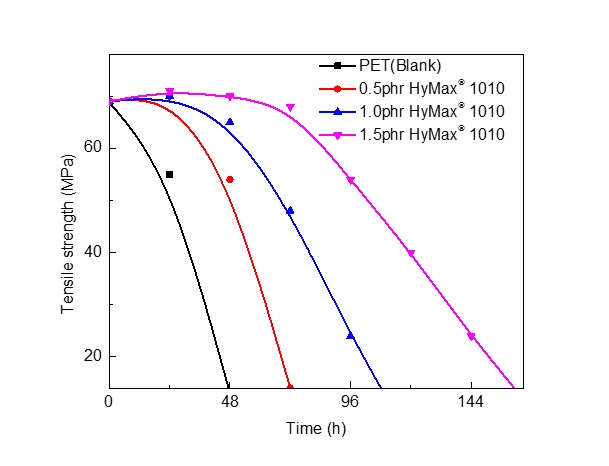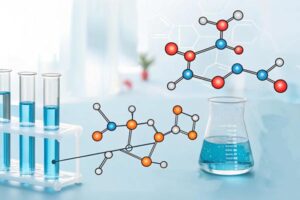Introduction:
Seat belts play a crucial role in ensuring passenger safety in automobiles. To enhance the reliability and durability of seat belt materials, the application of anti-hydrolysis agents has gained significant importance. These agents prevent the occurrence of hydrolysis reactions in the material, thereby reducing damage and performance degradation.

I. Role and Characteristics of Carbodiimide Anti-Hydrolysis Agents:
Anti-hydrolysis agents, through their chemical composition, function to impede hydrolysis reactions within seat belt materials. They possess several key characteristics and advantages:
A. Enhanced resistance against hydrolysis.
B. Protection of seat belt materials.
C. Improved safety performance.
D. Compliance with regulations and standards.
II. Significance and Requirements of Seat Belts Monofilament:
Seat belts are integral to vehicle safety and are subject to stringent regulations and standards. The quality and performance of seat belt materials are critical factors in providing effective passenger protection.
III. Application of Anti-Hydrolysis Agents in Seat Belts Monofilament:
- application methods of anti-hydrolysis agents.
The carbodiimide anti-hydrolysis agent is added to the polyester raw material. This is typically done during the polyester fiber production process. The anti-hydrolysis agent is mixed thoroughly with the polyester raw material to make anti-hydrolysis polyester monofilament. The more convenient way is to make an anti-hydrolysis masterbatch firstly and then mixed it with the polyester raw material. This will make the anti-hydrolysis agent dispersed uniformly in the monofilament.
2. Testing Effect of anti-hydrolysis agent in polyester monofilament
anti-hydrolysis agent can significantly improve the hydrolysis resistance of PET materials, the following chart shows the testing effect.

Conclusion:
The application of anti-hydrolysis agents in seat belts offers numerous advantages, including improved resistance against hydrolysis, material protection, enhanced safety performance, and compliance with regulations. By incorporating anti-hydrolysis agents, seat belt manufacturers can significantly enhance the longevity and performance of their products, ultimately contributing to safer road experiences and increased passenger protection.






